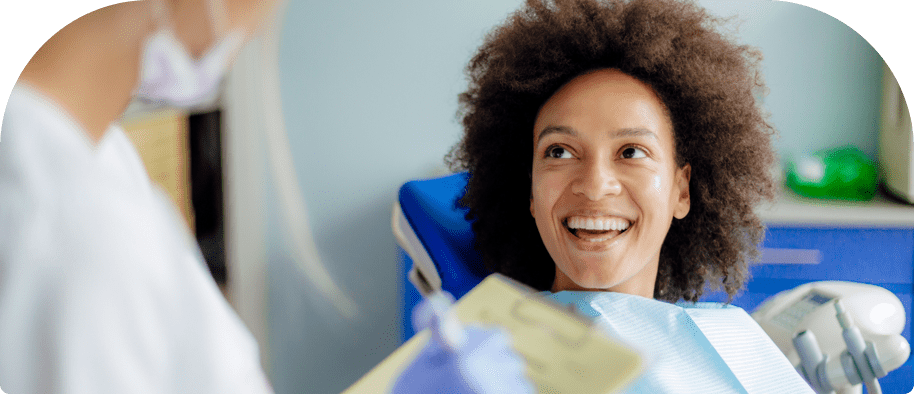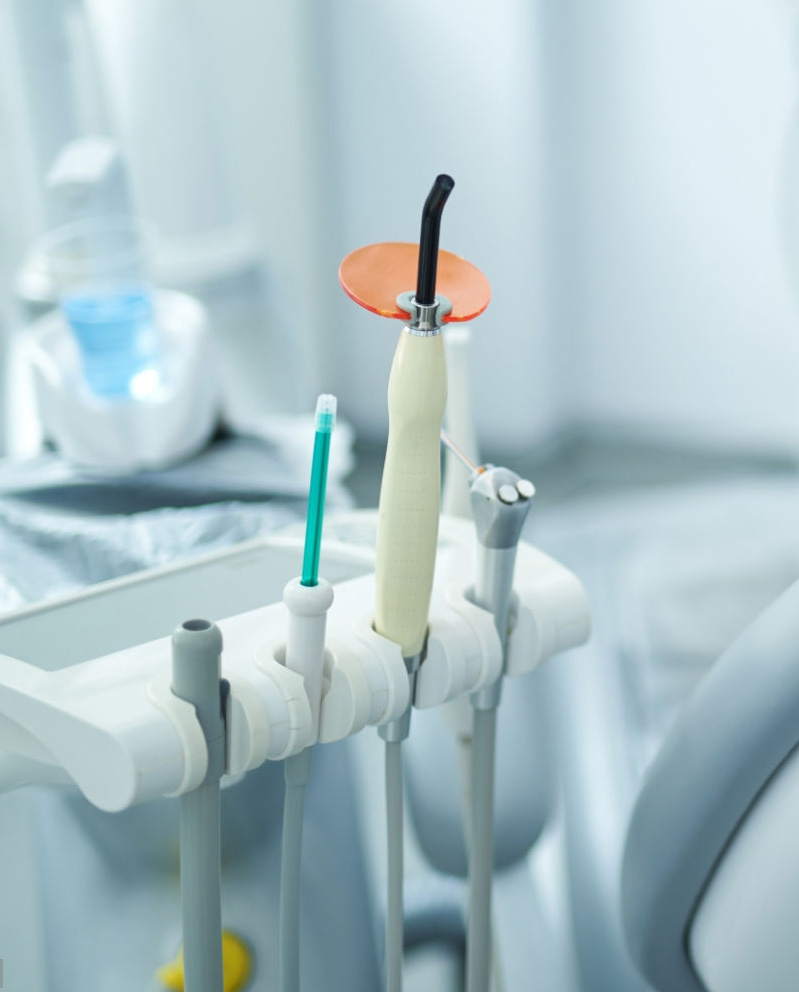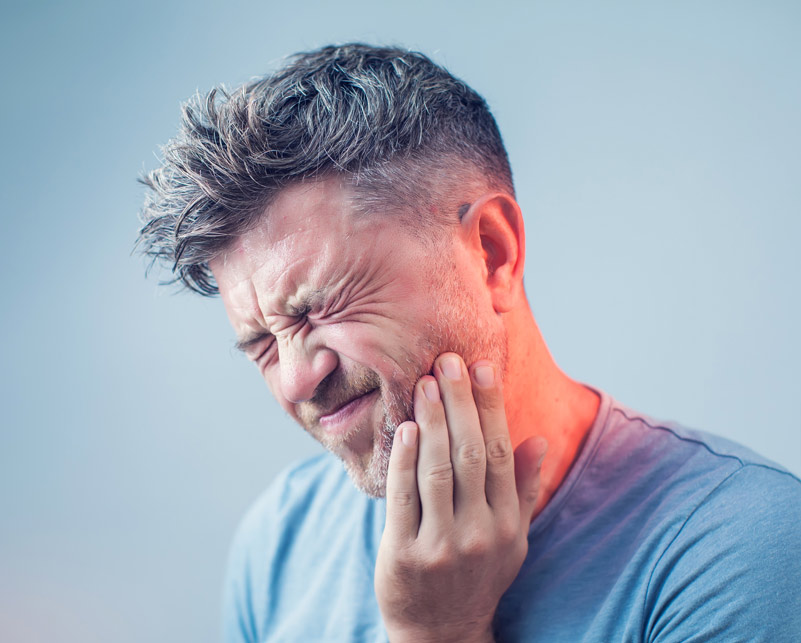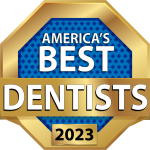

We are proud to provide dental cleaning services in Lakewood. We are committed to a preventive program, which is a cooperative effort between patient, dentist, and dental staff that focuses on preserving a patient’s natural teeth and maintaining their oral health. Teeth cleaning prevents the onset, progress, and recurrence of dental diseases and conditions. They aim to maintain great oral health over a patient’s entire lifetime.


These x-rays are essential for identifying decay, tumors, cysts, and bone loss. X-rays also help determine tooth and root positions. All of this information helps us plan the best treatment for your unique smile.

We always check our patients’ face, neck, lips, tongue, throat, tissues, and gums for any signs of oral cancer.

We check the gums and bone around the teeth for any signs of periodontal disease.

Your dentist will check all of your teeth for decay using special dental instruments. If you are experiencing tooth decay, we will recommend treatments to address this.

If you have any fillings, crowns, or other restorations, we will check them to make sure that they are in good condition.


Calculus is hardened plaque that has been left on the tooth for some time and is now firmly attached to the tooth surface. Calculus forms above and below the gum line and can only be removed with special dental instruments.

Plaque is a sticky, almost invisible film that forms on the teeth. It is a growing colony of living bacteria, food debris, and saliva. The bacteria produce toxins that inflame the gums. This inflammation is the start of periodontal disease! By removing plaque, we protect your mouth against gum disease and help you maintain great oral health.

Polishing includes removing stains and plaque that are not otherwise removed during tooth brushing and scaling. This step leaves your mouth looking and feeling great.

When your dentist analyzes your x-rays, they are on the lookout for any problem areas or abnormalities that might cause issues in the future or indicate a larger problem. Things that they look for include:
Detecting and treating dental problems at an early stage can save you time, money, unnecessary discomfort, and your teeth! Problems like poor tooth positions or hard-to-see decay could go unnoticed without the help of dental x-ray images. It’s best to catch these issues early so that they can be quickly and safely taken care of!

Dental x-rays produce a low level of radiation and are considered safe. We always take necessary precautions to limit our patient’s exposure to radiation when taking x-rays. These precautions include using lead apron shields to protect the body and using modern, fast film that cuts down the exposure time of each x-ray.
We are all exposed to natural radiation in our environment. The amount of radiation exposure from a full mouth series of x-rays is equal to the amount a person receives in a single day from natural sources.
We consider it more dangerous to opt out of x-rays. They could show you something very important about your oral health, and missing out on that information is something we never want to risk!

The need for dental x-rays depends on each patient’s individual dental health needs. Your dentist and dental hygienist will recommend necessary x-rays based on their review of your medical and dental history. They will also take into account your dental exam, any signs and symptoms you are experiencing, your age, and your risk for certain diseases.
A full mouth series of dental x-rays is recommended for all new patients. Along with a dental exam, this x-ray gives us a complete picture of your oral health and helps us create an oral health plan that is tailored to your specific needs. A full mouth series of dental x-rays is usually good for three to five years.
Bite-wing x-rays, which are x-rays of your top and bottom teeth biting together, are taken at check-up visits and are recommended once or twice a year to detect any new dental problems.
If you are suffering from tooth decay, we will assess the situation and provide the best solution for your specific needs.
If the decay is extensive or the tooth is significantly weakened, you may be a good candidate for a crown.



Tooth decay is one of the leading causes of tooth loss, and its treatment often requires complex dental procedures. Tooth decay occurs when the acids found in plaque erode the natural enamel found on the teeth. This phenomenon can easily be prevented by using proper home hygiene methods. Brushing and flossing helps to clean your teeth and protect your enamel, keeping it healthy and strong.

Periodontal disease is a serious, progressive condition which can cause tooth loss, gum recession and jawbone recession. Periodontal disease is caused by the toxins found in plaque, and can lead to serious health problems in other parts of the body. Removing plaque and calculus from the surface of the tooth using a toothbrush, and from the interdental areas using dental floss, is an excellent way to stave off periodontal problems. By taking these simple steps every day, you can protect yourself from serious issues down the road.

Bad breath, also called halitosis, is usually caused by old food particles on or between the teeth. These food particles can be removed with regular brushing and flossing. This leaves the mouth healthier and breath smelling fresher. No more worrying about bad breath!

Staining or yellowing of the teeth can be caused by a wide variety of factors, including smoking and drinking coffee or tea. The more regularly these staining agents are removed from the teeth with brushing and flossing techniques, the less likely it is that the stains will become permanent. If you enjoy a cup of coffee in the morning, regular brushing and flushing are essential to keeping your teeth bright and beautiful.



Committing to oral hygiene will greatly benefit you over the course of your life. At CK Family Dental, we love helping our patients find the treatments that work for them. We send every patient home with a preventative plan that includes home care so that they can take their health into their own hands. Feeling great about your smile starts with you!
Casey Klein, DDS
Bianca Badaro, DMD

CK Family Dental © 2024 All Rights Reserved